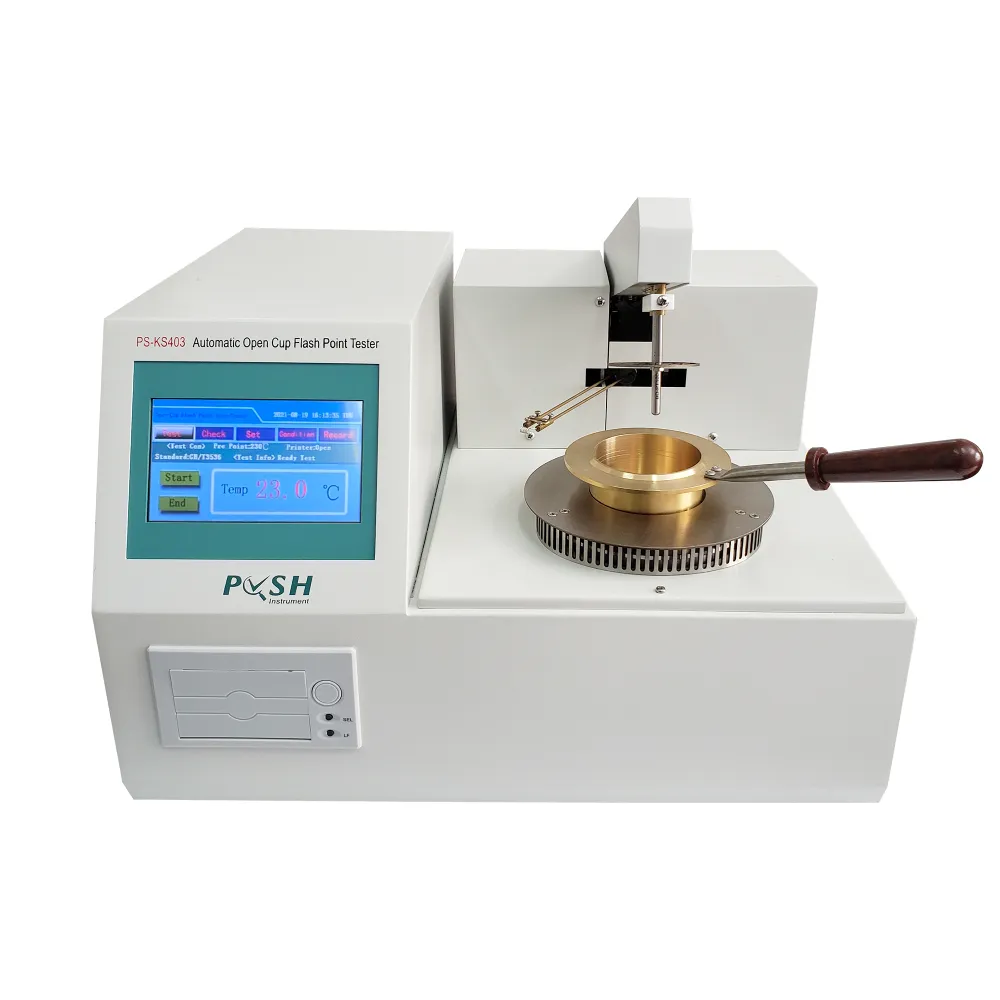 English
English


liquid and gas chromatography
Liquid and Gas Chromatography An Overview
Chromatography is a powerful analytical technique widely used in chemistry for separating and analyzing mixtures. It is a versatile tool that has been developed into various forms, with liquid chromatography (LC) and gas chromatography (GC) being the two most prominent. These methods play a crucial role in fields ranging from pharmaceuticals and environmental science to food safety and forensic analysis.
Liquid Chromatography
Liquid chromatography utilizes a liquid mobile phase that carries the sample through a stationary phase, typically packed in a column. The fundamental principle of LC is based on the differential partitioning of compounds between the mobile and stationary phases. This difference in affinity leads to the separation of components present in the mixture as they traverse the column at different velocities.
There are several types of liquid chromatography, including high-performance liquid chromatography (HPLC), which is renowned for its ability to separate complex mixtures with high resolution and speed. HPLC has revolutionized the pharmaceutical industry by providing a reliable method for purifying compounds and analyzing the potency and purity of drugs. Reverse-phase, ion-exchange, and size-exclusion are all specialized forms of LC, each tailored for specific applications.
One of the key advantages of liquid chromatography is its ability to separate a wide range of compounds, including polar and non-polar substances. This versatility makes it particularly useful in biochemistry where biomolecules like proteins and nucleic acids need to be separated and analyzed.
Gas Chromatography
In contrast to liquid chromatography, gas chromatography employs a gas as the mobile phase to separate volatile substances. The sample, typically vaporized, is introduced into the column where it interacts with the stationary phase, leading to separation based on the differences in boiling points and vapor pressures of the components.
liquid and gas chromatography

GC is particularly effective for analyzing small, volatile organic compounds (VOCs), making it a staple in environmental monitoring, petrochemical analysis, and quality control of food products. The ability to quickly provide detailed information about a sample’s composition makes gas chromatography particularly valuable in forensic applications, where speed and accuracy can be critical.
One of the significant advantages of gas chromatography is its sensitivity, often detecting compound levels in the low parts per billion range. This sensitivity facilitates trace analysis of environmental pollutants and includes the detection of illicit substances in forensic science.
Applications and Importance
Both liquid and gas chromatography share common applications across numerous fields. In pharmaceuticals, they are essential for drug formulation, stability studies, and quality assurance. Environmental scientists rely on GC and LC to monitor toxic pollutants, while food scientists use these techniques to ensure safety and compliance with health regulations.
As techniques continue to evolve, modern chromatography methods are increasingly coupled with mass spectrometry (MS), enhancing analytical capabilities and allowing for more comprehensive analysis. This combination, often referred to as LC-MS or GC-MS, enables the identification and quantification of compounds with exceptional precision and is fundamental in research and application in many scientific disciplines.
Conclusion
Liquid and gas chromatography are essential analytical techniques that significantly impact various fields. By facilitating the separation and analysis of complex mixtures, they contribute to our understanding of chemical composition, safety, and efficacy across many industries. As research progresses and technology advances, the future of chromatography promises even more refined methods for tackling the challenges of chemical analysis, underscoring its enduring significance in science and industry.
-
Differences between open cup flash point tester and closed cup flash point testerNewsOct.31,2024
-
The Reliable Load Tap ChangerNewsOct.23,2024
-
The Essential Guide to Hipot TestersNewsOct.23,2024
-
The Digital Insulation TesterNewsOct.23,2024
-
The Best Earth Loop Impedance Tester for SaleNewsOct.23,2024
-
Tan Delta Tester--The Essential Tool for Electrical Insulation TestingNewsOct.23,2024





